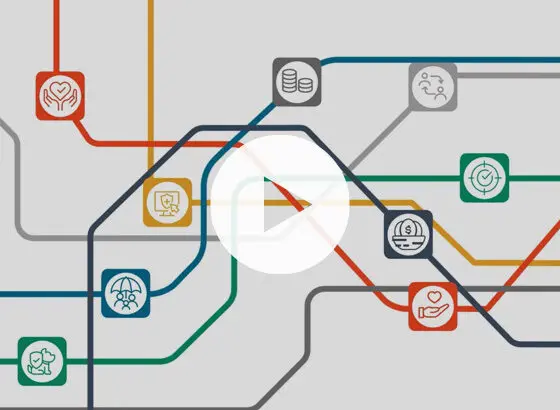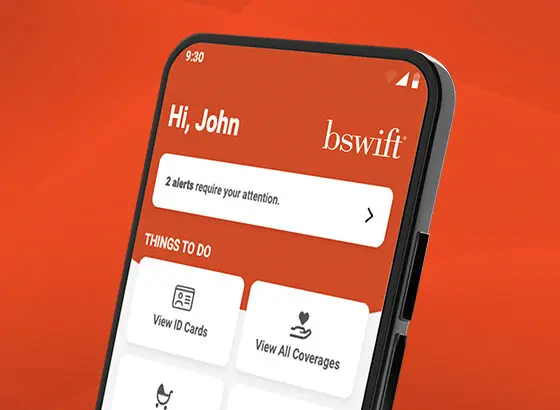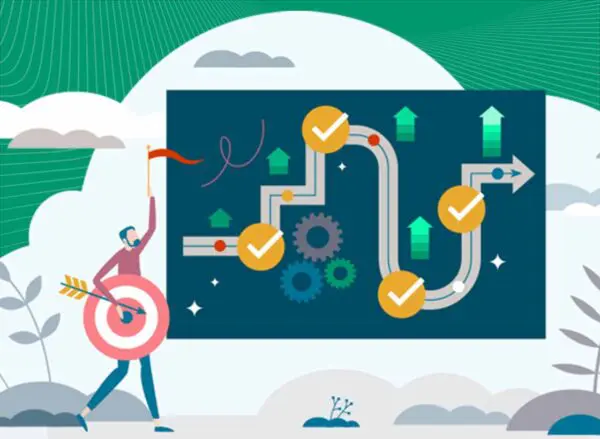Employee benefits can make or break your organization’s employee experience (EX) and retention efforts. In February 2023, Forrester Research surveyed 300 HR and EX professionals, 83% of decision-makers agreed that employee benefits impact employee experience and retention.
However, despite the growing focus on employee wellbeing and benefits engagement, overall benefits utilization is still low. According to Forrester Research, more than 50% of survey respondents said they’re already expanding communication and education on employee benefits.
Additionally, Forrester found that over 70% of surveyed decision-makers are investing in new employee benefit platforms, improving the user experience of existing platforms, or both.
Shifting to tactical steps to improve EX and retention
Firms are shifting to tactical steps to improve EX and retention, with leadership prioritizing employee acquisition, retention, and benefits engagement. However, employee benefits are underutilized, and the primary challenges facing HR/EX teams are related to improving benefits education and awareness.
Poor engagement with employee benefits can lead to decreased productivity, operational gaps, increased burnout, decreased retention, and the inability to retain top talent.
The importance of benefits education and awareness
Addressing the root causes of low engagement with benefits can lead to a better EX and retention. According to Forrester Research, the causes of low benefits engagement include:
- Lack of wellness culture
- Limited benefit awareness
- Inadequate communication and resources
- Struggling with benefits technology
To improve employee engagement with benefits, HR professionals must invest in benefits education and awareness—in short, a great employee benefits communication plan and consumer grade digital experience. Successful benefits communication tactics include investing in education, employee listening, and benefit platforms. But first, listen. Firms should continuously solicit feedback—at least twice a year if not quarterly—to get an understanding of employees’ needs and preferences.
Better engagement leads to improved EX, retention, morale, and productivity. Employees who are engaging with their benefits are less likely to experience chronic health conditions and require costly medical interventions. That means lower healthcare costs for both the organization and individual employees.
A robust culture of wellness is important for a company’s success. It’s crucial for driving talent acquisition and retention, productivity, and lowering healthcare costs. And it isn’t possible without strong benefits engagement.
Examples of successful employee benefits communication tactics
HR professionals need to communicate the value of benefits. Here are some examples of successful benefit communication tactics that can positively impact employee experience and retention:
1. Conduct regular surveys:
Regular surveys can help HR professionals understand employees’ changing needs and preferences and adjust benefits packages accordingly.
2. Provide education and training:
When employees understand their benefits, and how to use them effectively, it can help them make informed decisions.
3. Invest in a user-friendly benefits platform:
Investing in user-friendly benefit platforms can make it easier for employees to access and utilize their benefits. According to Forrester, over 70% of surveyed decision-makers are already investing in new and upgraded employee benefit platforms to improve the user experience.
4. Use targeted communication strategies:
Reaching the right employees with the right messages helps HR deliver employees the most relevant and useful information about their benefits.
5. Offer personalized benefits packages:
We all know one-size-fits-all doesn’t work. Allowing employees to customize benefits packages helps them choose the benefits that best fit their needs.
6. Provide regular updates and reminders:
Keeping employee benefits top-of-mind through regular communication helps employees stay informed and encourages them to use their benefits.
7. Consider non-traditional benefits:
Unexpected and useful benefits like mental health support or financial counseling can improve employees’ overall wellbeing and engagement.
8. Evaluate and adjust:
Listening, surveying, and evaluating only helps if you then adjust the benefits package based on what you learn. That’s how HR professionals make sure benefits packages are relevant and useful.
Boosting employee benefits engagement improves EX and retention
Improving EX and retention through better employee benefits engagement is a crucial aspect of building a successful organization. While the importance of benefits is widely recognized, low engagement and utilization are still a challenge for HR and EX professionals.
To improve engagement, HR teams must invest in benefit education, regular feedback, and user-friendly benefit platforms. By implementing successful benefits communication tactics, these HR pros can improve employee morale, retention, and productivity while reducing healthcare costs.
Ultimately, investing in employee benefits is an investment in the success of the organization and the wellbeing of its employees.
Learn more about how bswift’s investment in user-friendly experiences can improve your company’s benefits engagement, employee experience, retention, and bottom line.








































